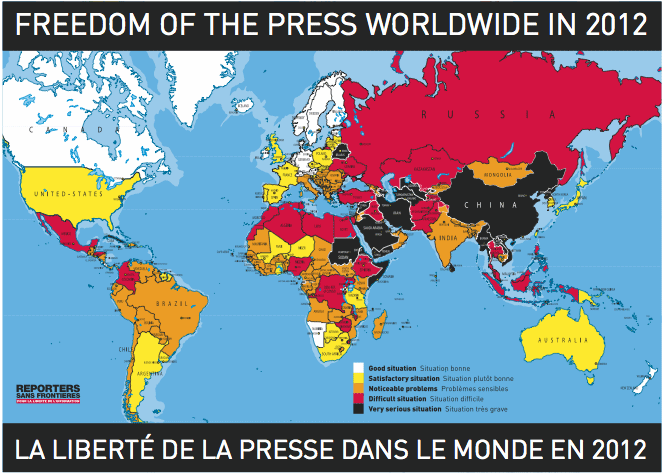Wasted URLs: Free the Animals
What makes for a wasted URL? It depends on the person and the site, particularly what that person expects to see when they type the URL in and press return.
Consider, if you will, animal names. What do you think is on Dog or Cat.com? What would you want to see on Monkey.com? Would you want pictures and information on the animal? Would a company branding themselves or a product make the grade?
To explore these questions and more, Ape Con Myth surveyed 144 animal sites. Here’s what was found…
The State of .Com Animal URLs in 2012
PARKED
Parked domains are a common sight online and it is no different for the animals. Roughly a fifth of the sites in the sample group proved to be nothing more than a bunch of paid advertising links. If you’re lucky, there’s a picture. If you’re really lucky, it’s a picture of the animal, but don’t expect much. In addition to our friends below, other animals in this sad group include the Boar, Hamster, Hippopotamus, Hornet, Jackal, Koala, Mouse, Otter, Squid, and Wildebeest.
 |
|||
| Crow.com | Moose.com | Pig.com | Snail.com |
PARKED WITH PRETENSE
Next comes the parked ads and links that seem like they are almost trying. For Chicken, you’re promised oven baked chicken recipes. The beauty of the Swan is channeled for plastic surgery. Turkey is ready to book your hotel in Istanbul. And Donkey.com wants you to know it is “Your Site For Buying A Donkey”. Good luck navigating towards those goals however, as search results often lead to more search results. If you get nervous about your privacy searching for things on Google, see what your gut thinks when you click a link on Chimpanzee, Elk, Mosquito, Porcupine, Shrew, Spider and the ever-loved Stinkbug.
 |
|||
| Chicken.com | Donkey.com | Swan.com | Turkey.com |
“THE LEADING SITE”
Naturally someone was eventually going to smell a business plan in these animal droppings, which was the case with Name Administration Inc. of the Cayman Islands. They go big, touting themselves as “The Leading Cow/Hippo/Mink/Partridge/Snake Site on the Net”, despite not following through with the correct animal pictures nor making much sense of the searches. Nonetheless, they are there to help you find a saddle for your cow, video piano lessons for your partridge, car insurance for your hippo and all the beaver coats money can buy. Meanwhile, each page shows up completely blank with Ad Blocker Plus on.
 |
|||
| Cow.com | Hippo.com | Mink.com | Partridge.com |
UNDER CONSTRUCTION
Leaving behind the parking lot, we enter the construction site. Websites don’t write themselves after all. It takes a lot of time and care to create a good site. To make Whale.com as large and majestic as its namesake, even more so. In the meantime? Blue. Blue since 2007! What’s the word on Wolf? The countdown says 272 days to go! Crab has only been waiting a year, but looks like it will be a conceptual improvement from its previous life as the home of Charm Net ISP out of Baltimore. You’ll also have to wait in anticipation for Anteater, Antelope, Llama and Reindeer as they too are coming soon…
 |
|||
| Antelope.com | Crab.com | Whale.com | Wolf.com |
But something, even a background color, is better than nothing, which is exactly what you get with Aardvark, Baboon, Butterfly, Gerbil and Rat.











